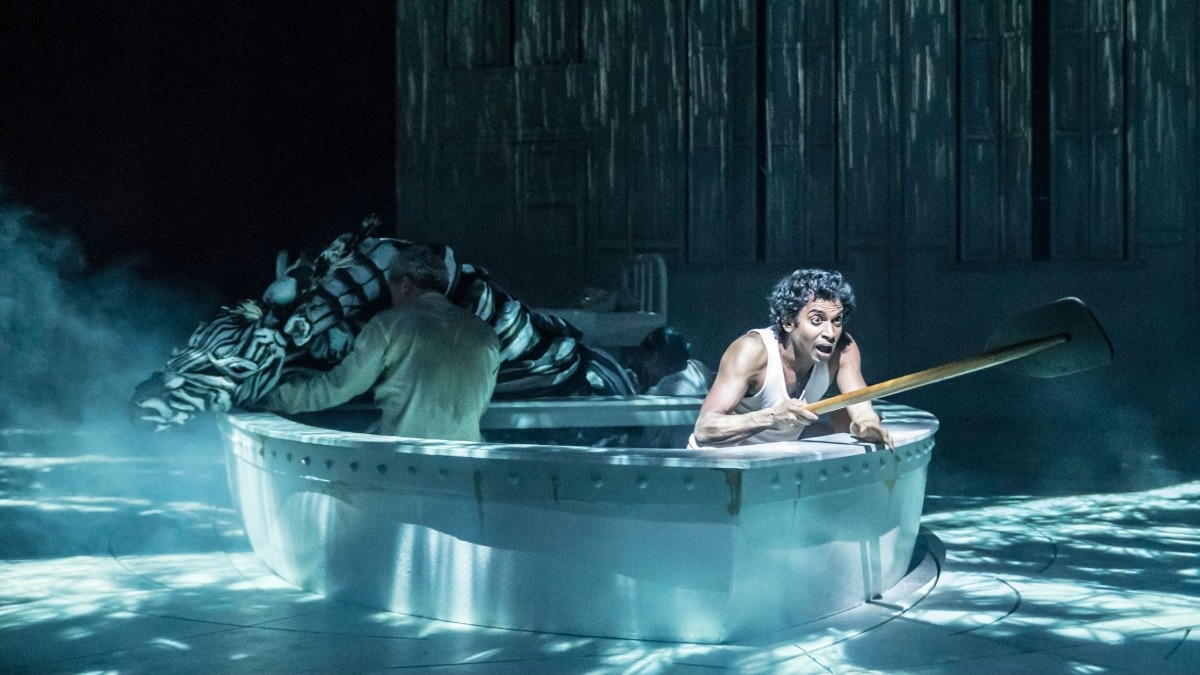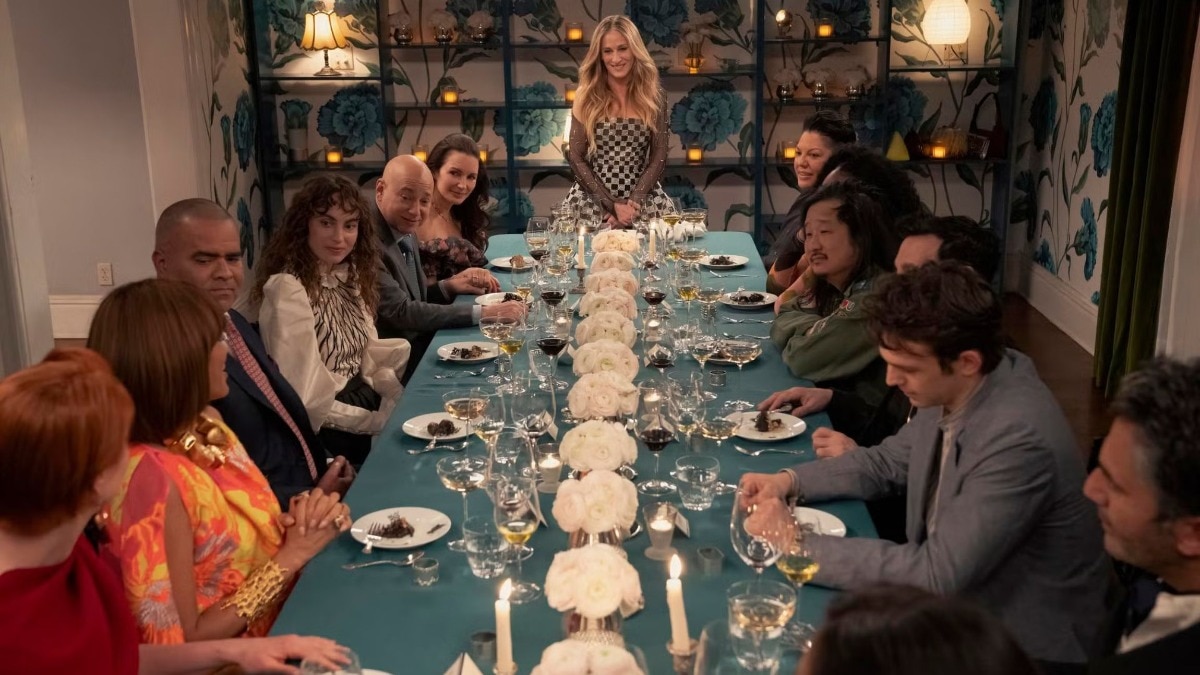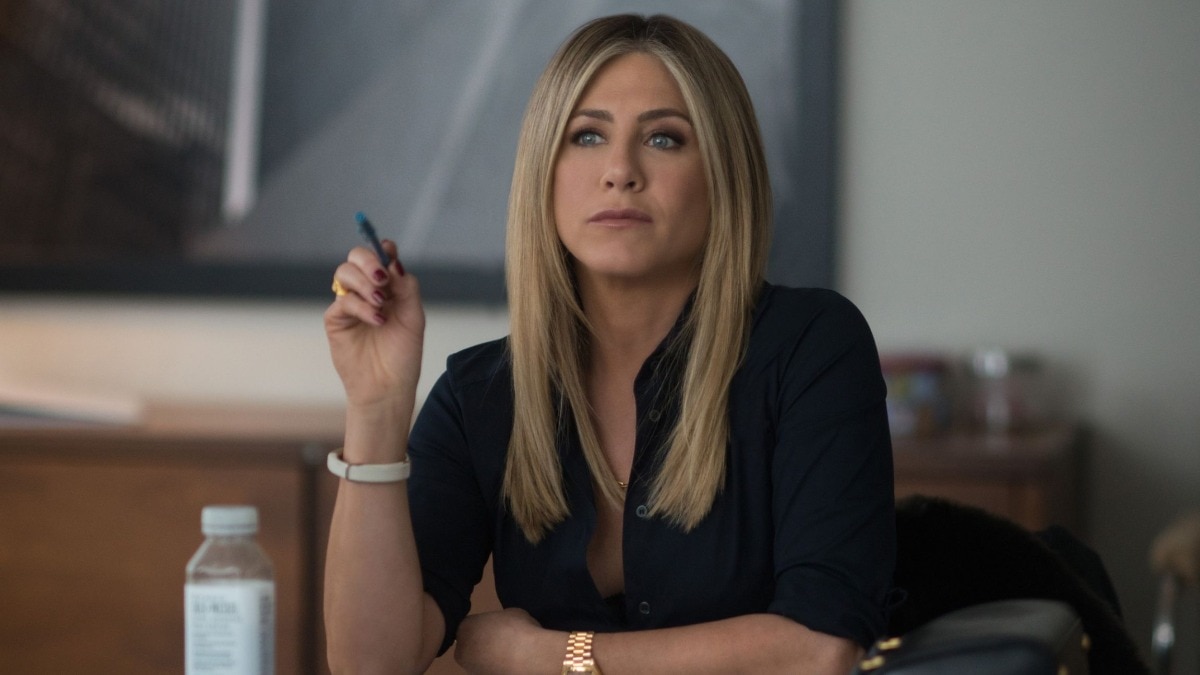
Meet Lolita Chakrabarti, the force behind the theatrical adaptation of 'Life of Pi'
In an exclusive chat with Harper's Bazaar, playwright Lolita Chakrabarti gives us a behind-the-scenes peek into her creative approach, the stories she is drawn to, and the grand spectacle that is 'Life of Pi'.


A beloved modern classic with elements of surrealism is not the easiest story to tell. It's even tougher to show and to stage. Add to this the fact that crucial scenes in the story are set on a boat at sea, with a boy and a tiger. Life of Pi, the play adapted from Yann Martel's eponymous novel, could very well have gone sideways, never seen a second show. How does one, after all, recreate a character on stage as iconic as Richard Parker, the majestic, hungry, larger-than-life tiger—the alter ego, forced companion, and nemesis of Pi? But over five years, multiple shows, and several standing ovations and awards later, it's still going strong. And now it's set to make its way over to Mumbai at the NMACC this December.
At the helm of this ambitious creative spectacle is playwright and actor Lolita Chakrabarti whose deft storytelling and ability to merge the fantastical with the deeply personal has made Life of Pi come alive. Harper's Bazaar sat down for a chat with Chakrabarti to know more about the inspiration behind bringing the powerful novel from page to stage, her journey from a young aspiring actor to a renowned playwright, and the lessons that she learnt along the way.

Sonal Ved: In adapting Life of Pi for the stage, how did you approach translating the novel’s narrative and elements into the medium of a live performance? How difficult was it to bring the novel to life on stage? Could you tell us about the challenges you faced?
Lolita Chakrabarti: I was very practical in my initial approach. I took a highlighter pen to Yann Martel’s novel and marked anything I thought was dramatically interesting, philosophical or funny. For me theatre is all about relationships—who a character is at the start must be profoundly changed by the end. What happens to them, the action of the play, is the reason for the change. Every character has an arc, including the animals. The challenges were many—how do you portray animals on stage when they don’t speak? How do you put an orangutan, a zebra, a hyena, a Bengal tiger and a boy on a boat on a solid flat stage and make us believe we are at sea? The list goes on!
SV: You’re a writer and an actor. What pushed you to make the transition? Tell us what you love and hate about both of these pursuits.
LC: I was between acting jobs and wanted to stay creative and keep moving forward in times that felt stagnant. So, I began writing to see if I could do it. I wrote poetry, short stories, a novel, a film, a play. I played with storytelling—it was like a never-ending puzzle. It still is.
I love acting. When you have a complex role by a good writer in a great story, the collaboration and exploration is thrilling. It’s frustrating when the roles are limited, or the parts are few. You have very little control over your trajectory as an actor.
I love writing because you can make anything happen. You can put people you want to see on stage and explore stories you want to experience and hope other people will too. It makes you look for the universal in your own life. But it can also be hard at times, and solitary, with no guaranteed outcome.
SV: Given your extensive experience in both theatre and television, how do you approach the portrayal of social justice issues? You have handled these topics exceptionally well. What strategies do you use to ensure they are addressed with both depth and sensitivity?
LC: I know what it is to be on the outside and I don’t want anyone to feel they are not invited to my work. People are complex and the wider the issues, the more complexities you encompass, the richer the story. I think stories that challenge the status quo and make us question society and established pathways are important. Through drama, you can examine most things. If I represent an issue in my writing or acting—I research it thoroughly, so that hopefully it comes from a place of knowledge and understanding. It is always important to get inside the shoes of anyone you represent—it is a responsibility I take seriously.
SV: Did growing up in Birmingham and your Bengali heritage influence your perspective on storytelling and your approach to exploring cultural themes in your work? Tell us how.
LC: Of course. I am the sum of both. Birmingham was a great place to grow up and shaped me as a young person. It is a great city, a melting pot of so many cultures and was very accessible for the arts. My Indian heritage gives me a rich history and a lot of humility because I see how hard my parents worked as immigrants and the lack of cloud cover whilst here. It’s wonderful to be part of both cultures.
SV: Reflecting on your journey from a young aspiring actress to a renowned playwright, how have your personal experiences and background shaped your creative vision and the themes you choose to explore in your work?
LC: Everything I write comes from my personal experience. I put snippets of conversations I’ve had or heard, traits of people I know, situations I’ve been in and others I’ve observed. I see the world through my experience as a British woman of Indian heritage who is now in her fifties. I am a mother, a daughter, an actress, a writer, a friend, a neighbour—all of these elements are essential to my work. Experience gives [me] a library to draw from when writing or acting. I was asked of my first play Red Velvet, which of the twelve characters was really me. I thought about that and realised that I am all of them.

SV: The central theme of Life of Pi for me, is an experience with God and the cosmos. Can you share what you personally feel about these two subjects?
LC: I grew up with Hindu parents and went to a Catholic school. Both have profoundly shaped my vision of the world. I am neither of them really, but I appreciate the good bits of both. The wonders of the cosmos are big and small and can be found everywhere. We live in wonder if we are prepared to see it.
SV: You've had a remarkable and extensive career. If you had to choose one piece of work that stands out as your favourite, which would it be and why?
LC: That’s so hard! I can’t. But I’ll give you three.
Red Velvet, my first play, being produced and well received. It had been a very difficult journey to get that play on so when it went well, I wasn’t prepared for it. It was amazing, though, because I realised that what I had wanted to say through that piece of work spoke to a lot of other people.
Several roles as an actor on TV and on stage have tested me and made me a better actor. It is so satisfying when you get a chance to play a complex, difficult character that has something to lose and gain. To name a few—Jamilla Blake on The Bill, Gertrude in Hamlet, Malini Haridas in Free Outgoing, Parminda Jawanda in A Casual Vacancy, Meera Harwood in Showtrial.
The success of Life of Pi has been unexpected and totally thrilling. From that first show in Sheffield to London’s West End, to Boston, to Broadway to Toronto, to the tours around the UK and US and Mumbai. I love the show, I am very proud of it, and I am always glad to meet the actors and backstage teams who put so much into it. It’s a hard show to do but the audience reaction is like no other.

SV: Looking back on your trajectory, what are the key lessons you’ve learned about the intersection of artistic vision and practical execution, and what advice would you offer to emerging playwrights?
LC: Push yourself. Discipline is key. When the world isn’t interested, push yourself. Don’t wait for someone else to validate you. Sharpen your pen, learn, learn, read, watch, experience, learn. It’s a life mission, a marathon not a sprint.
SV: How do you stay updated with the trends and preferences of Gen Z in your work? Do you find it important to align your projects with the interests and values of this generation? Do you scroll through TikTok or Instagram for inspiration at all?
LC: My daughters keep me in the present. They show me the latest trends they are following, the memes that have gone viral, the music they listen to. I’m not a TikToker. I do Instagram and X. But Google is amazing—if I need to ask something it gives many options to explore. I basically like people, and I am very lucky, through my acting, to meet a lot of people. I like their stories and find that often the quietest ones have the best stories. I am a researcher every day of my life.
SV: Very, very, very importantly, what does the end of Life Of Pi mean for you? Do you see a Pi in yourself?
LC: Life of Pi is about the struggles we all face in life. We’ve all been shipwrecked in one way or another. Whether we are two years old or 102 years old, struggle is a part of life. But if you use the skills you have and hold those you love in mind, you will come out changed forever, and if you do it with a good heart, you will grow. Pi is in all of us, I think.
Catch the 'Life of Pi' at the NMACC from December 5-15 2024.
Lead image caption: Black n White the Zebra and Hiran Abeysekera (Pi) in Life of Pi.
Lead image credits: Johan Persson.










